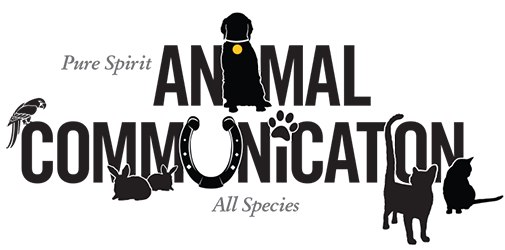 Bee
Bee
Spring is the perfect time of year to think about those busy, pollinating insects, bees. Bees live all over the world, and can have as many as 60,000 workers and several hundred drones in a single hive. All the activity in the hive, of course, revolves around the queen. The drones serve the purpose of mating with the queen, so that she can give birth to more worker bees. For thousands of years, man and bee have lived side by side, even working together to make and harvest honey. Bee reminds us to take the honey of life and make our own lives meaningful and fertile. In other words, bee tells us to enjoy what we do, whatever it may be. Bee is also very much associated with the feminine, fertility, growth, and motherhood. The queen bee is often the sole survivor when winter arrives, and she is the one to build the new hive in the spring. The queen is the reason for most of these associations, if not all, since she is responsible for taking care of the hive. Bees’ pollination leads us to fertility.
The mythology of the bee is spread all over the world. In the Americas, Dakota boys played a game called “War upon the Bee,” in which they would attack a bee hive and withstand the stings of the bees. The point of the game was to prepare them to be courageous in the face of danger, namely war. Long before this game was invented, however, the bee represented the energy of the sun and the bringer of the sweetness of life, in Egypt. The bee was the royal symbol for lower Egypt and the emblem of the united kingdoms of Egypt. Bees were associated with other Egyptian deities as well, like Neith, Amun, and Min.
Greece also honored the bee. Not unsurprisingly, bees were symbolic of work and obedience. There was even a legend that the second temple at Delphi (site of the famous Oracle) was built by bees. This is clearly the beginning of how we see bees today, as busy workers. Christians picked up on these ancient traditions, and in Judges XIV:8, bees are even praised for their industry, wealth, and creativity. Amazingly, we still see bees in this light, though it is thousands of years old! Bees continue to be seen as industrious, hard-working characters, creating wonderful, meticulous, hexagonal hives.
Information from Ted Andrews's Animal-Speak, Jessica Dawn Palmer's Animal Wisdom, and Steven D. Farmer's Power Animals.

